During the pandemic downtime I’ve dug into some projects and I’ve been using some new tools around the shop. I thought I’d share a few that I wish I’d bought years ago! I’ve included some Amazon affiliate links in case you’d like to try any of them. If you purchase any of them, I get a small fee - which I immediately reinvest into more tools that I promise to review.
Assembly
- FastCap Glu-Bot Glue Bottle
-
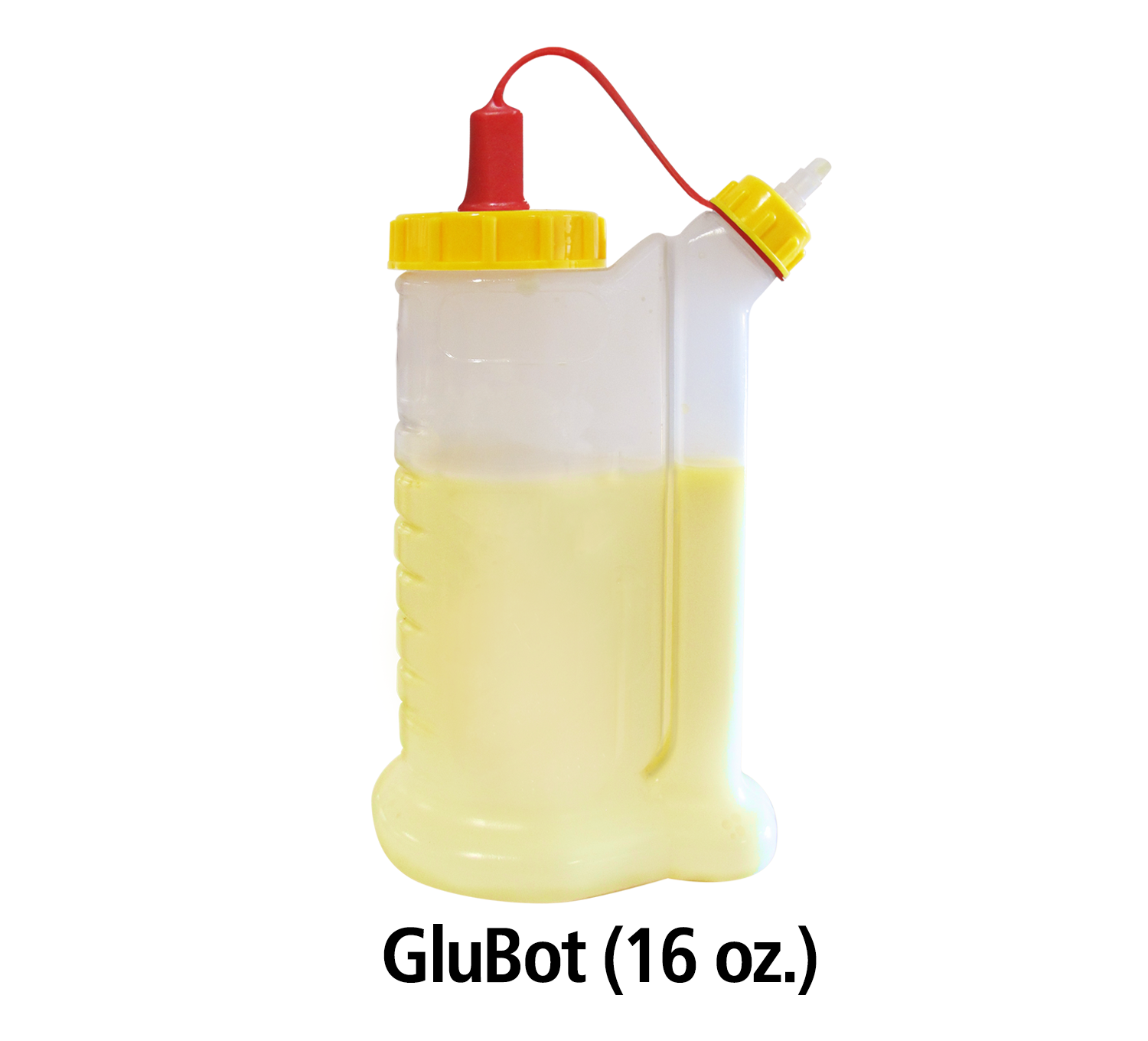
Never shake a glue bottle again! I can’t express how much more enjoyable this makes complicated glue ups. I recently assembled 53 drawer boxes and I can’t imagine doing it without this glue bottle. The bottle pushes glue upwards from the bottom of the bottle and you never have to shake it before using it. It sits on your workbench and you pick it up and apply a precise amount of glue. I have given these as gifts to everyone I know that does any gluing.
- Silicone Glue Brush
-
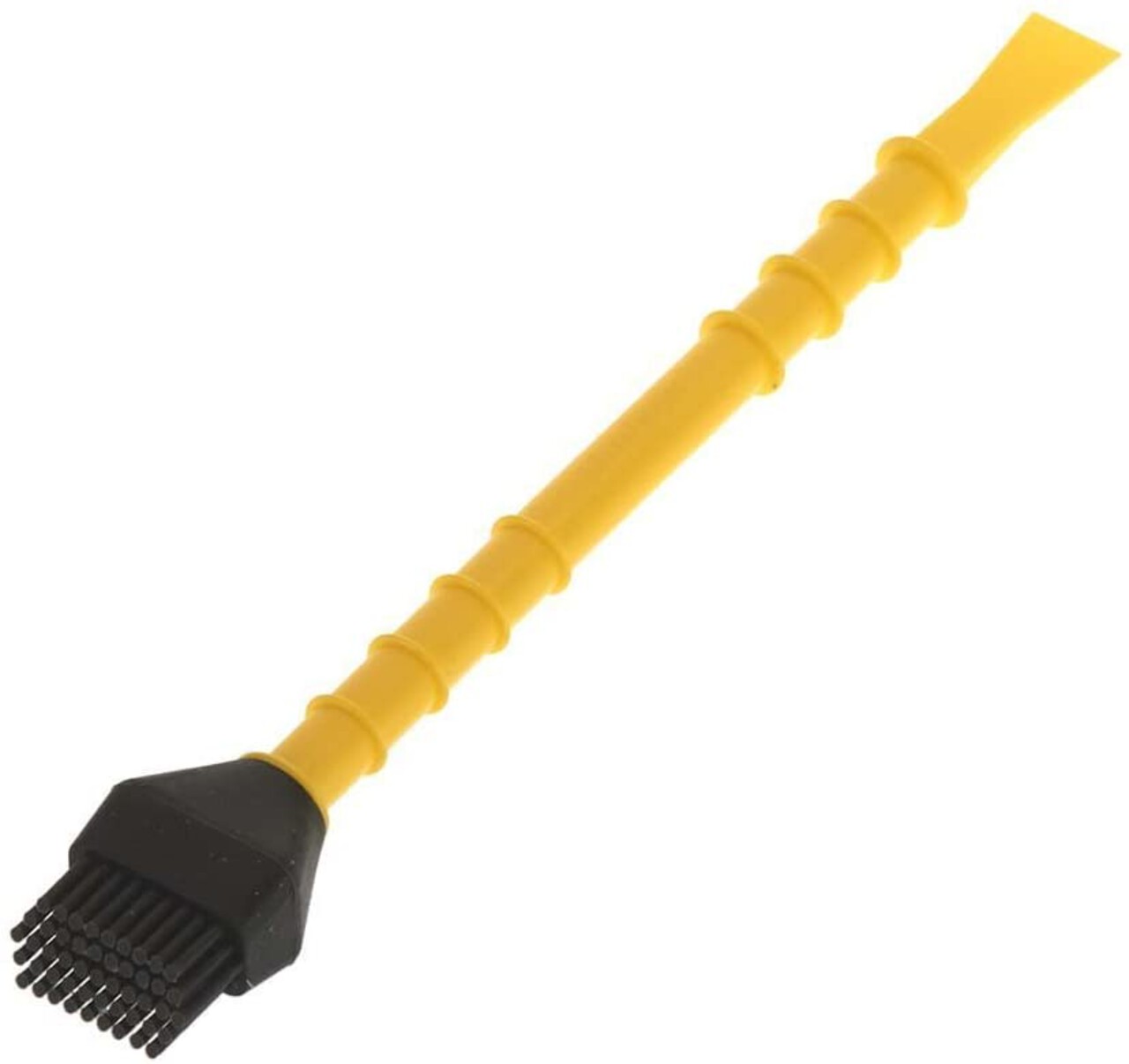
A simple reusable brush After years of spreading glue with my finger or a scrap of wood, I’ve discovered that this is a perfect tool for spreading glue. It’s easy to apply glue to a consistent thickness, and the angled bristles make it easy to get glue into a rabbet or dado. It’s easy to clean even after the glue is dried - it peals right off! This little brush is absolutely a must-have for me.
- Centering Punch
-
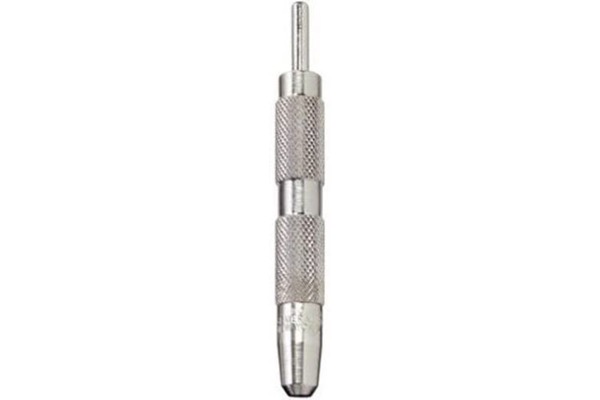
Locate the center of a hole precisely and quickly When you’re pre-drilling for a screw through a hinge or plate you need to find the exact center of the hole. You can eye-ball it with an awl, or you can try to hit it with the drill bit. But this tool will quickly and easily mark it. Just hold it in the hole and tap with a hammer and it’ll center punch the hole and leave a dimple for you to start your drill bit in. You do have to be careful to hold it vertically, but it works really well and is a real time saver when you’re assembling anything that screws together.
Safety
- Behind the Head Earmuffs
-
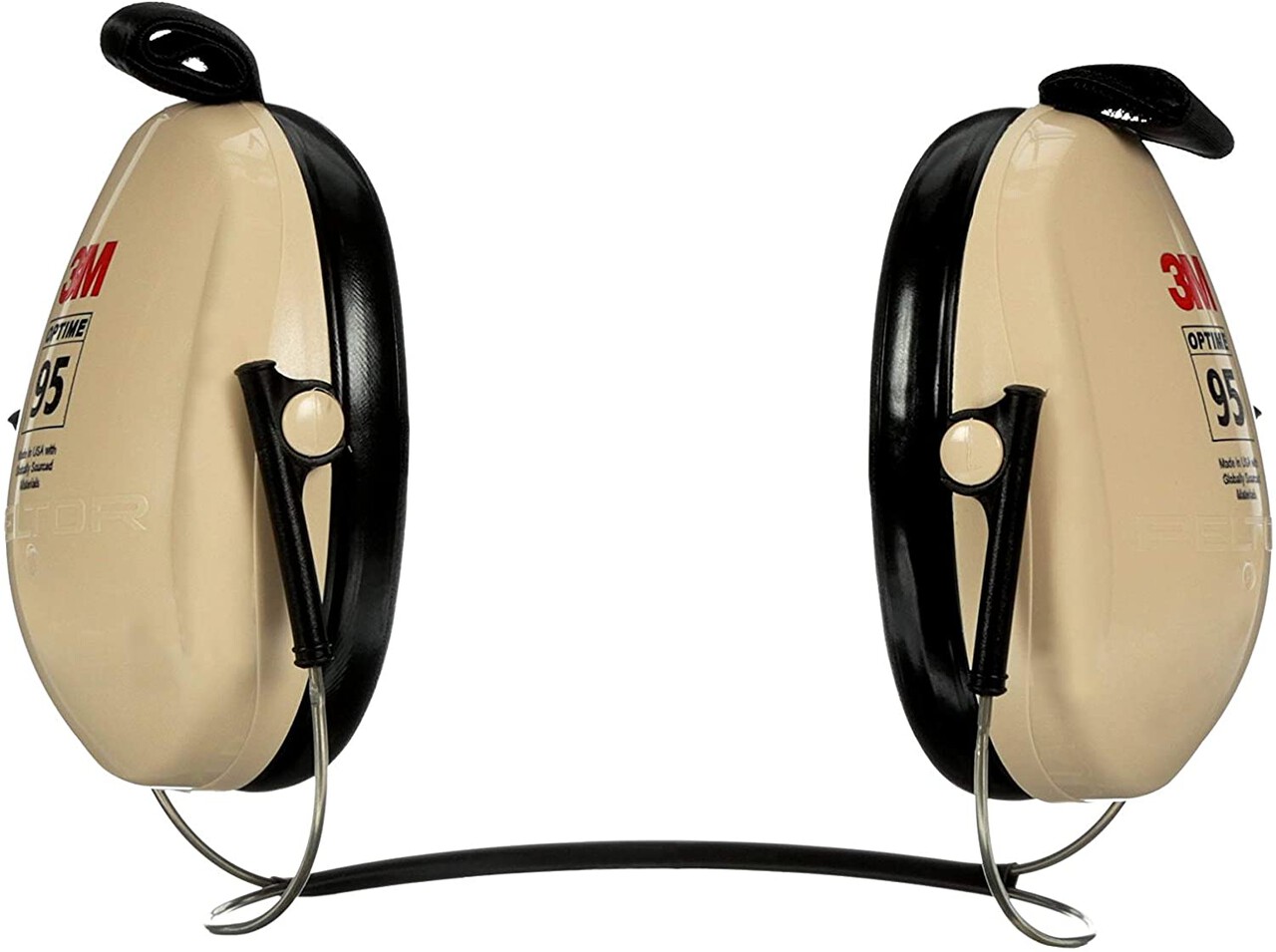
These stay out of your way! I bought these out of curiosity, and then immediately bought two more pairs. They work great if you’re taking a respirator on and off and they stay out of the way of a hat. I do tend to wear mine upside down with the wire loop on the upward side my ears, but they are very comfortable in either configuration. These are the 95s, which are just enough for a table saw but not enough for most circular saws. I like these for being low-profile. If you’re using a circular saw, there is a 101 version available.
Marking and Measuring
- Cheap Mechanical Pencils
-

These are Adam Savage's favorite for a reason While I protect my rOtring pencil with passion, they aren’t always practical. These SharpWriter pencils are cheap enough to consider as disposable and you can have them scattered throughout a shop without worrying about them. They come with a reasonably hard lead that leaves a crisp marking line.
- Fractional Dial Calipers
-
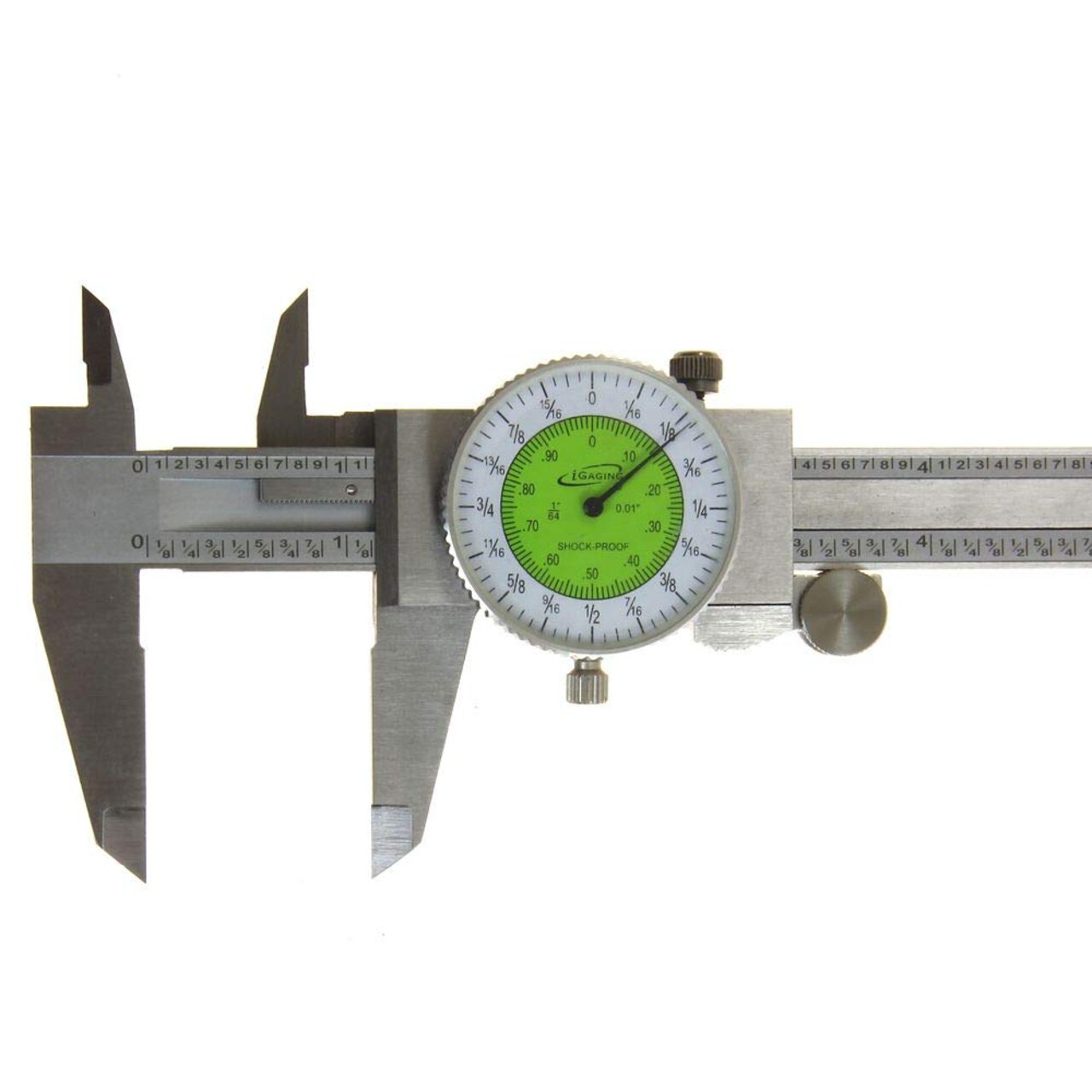
I believe these fractional dial calipers are the secret to great joinery. After years of messing around with a tape measure, or trying to get a sliding square into a dado to measure depth or trying to somehow guess the thickness of plywood - I cannot imagine how I got anything right without these calipers. They precisely measure thickness, depth, and inner distance as well. They can be zeroed out easily to allow you to combine measurements, and they have an easy to use thumbscrew to lock a distance in place. I’ve become really fond of using the depth gauge to set my table saw fence as well. Check out this video of Adam Savage talking about using calipers. These are a great price with good machining and a really remarkable value. I absolutely recommend these for you and as a gift for any maker.
- Fractional Tape Measure
-

This tape measure is cheating with each mark labeled. This tape measure has each individual fractional mark labeled. It really speeds up assembly to not have to think about markings, but can instead read 5/16 clearly marked on the tape. It can be read from the right or the left, and it’s got a nice white spot that you can write on with a pencil. The rubber boot around the tape is nice too, it won’t slide around even if it’s sitting on a tilted surface. This is a great tape measure, and I’ve given a few of these to friends as well!